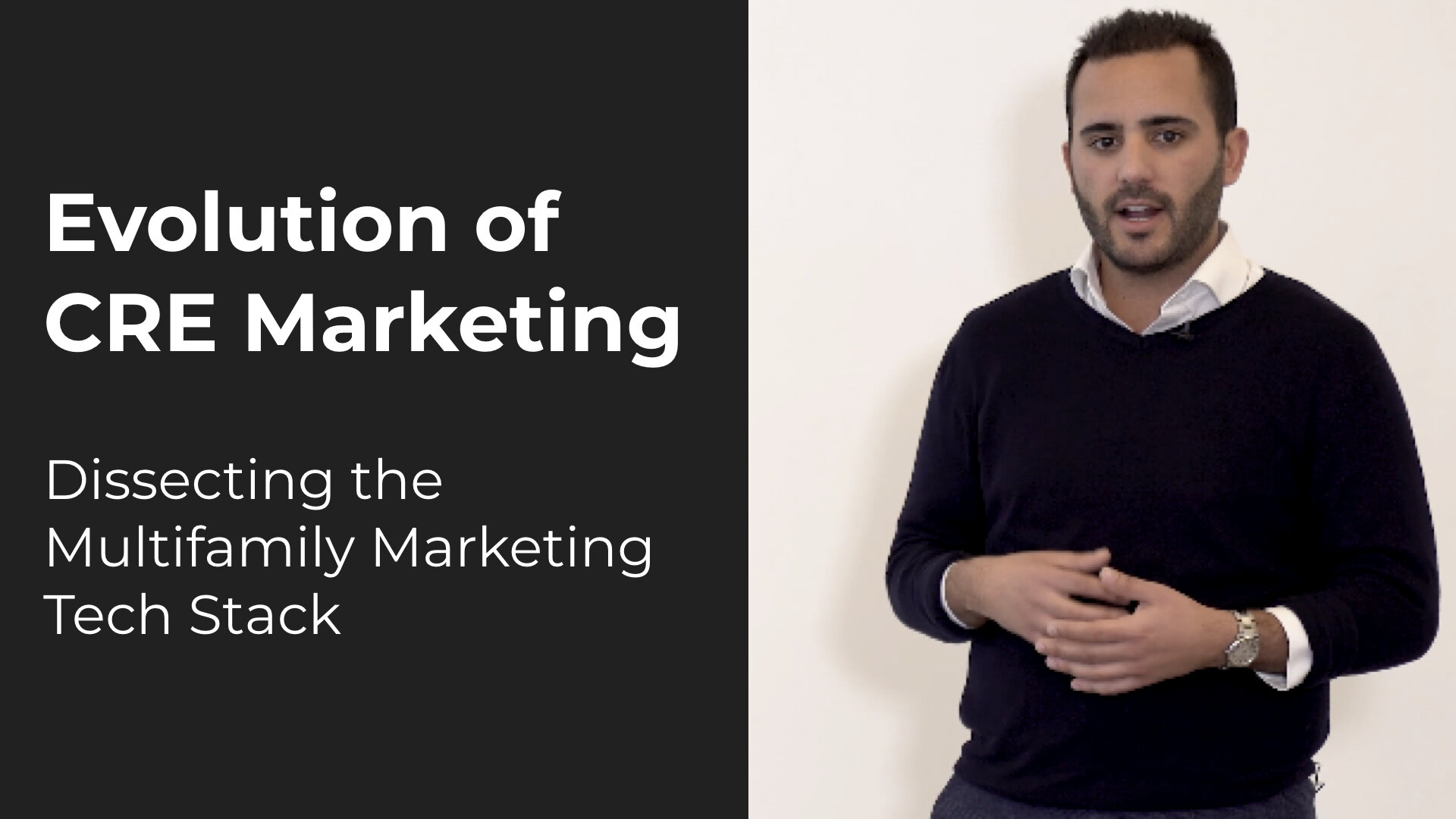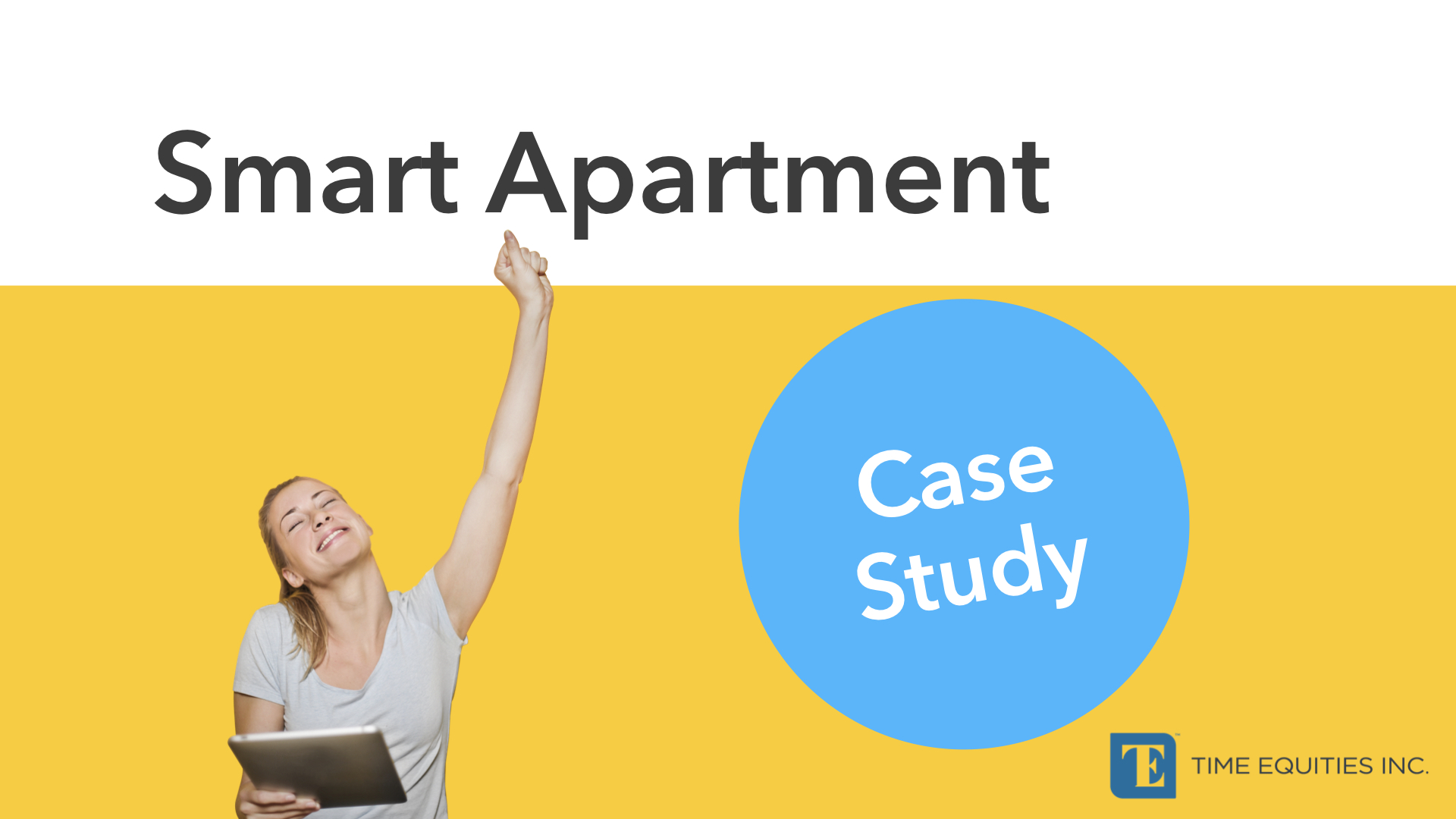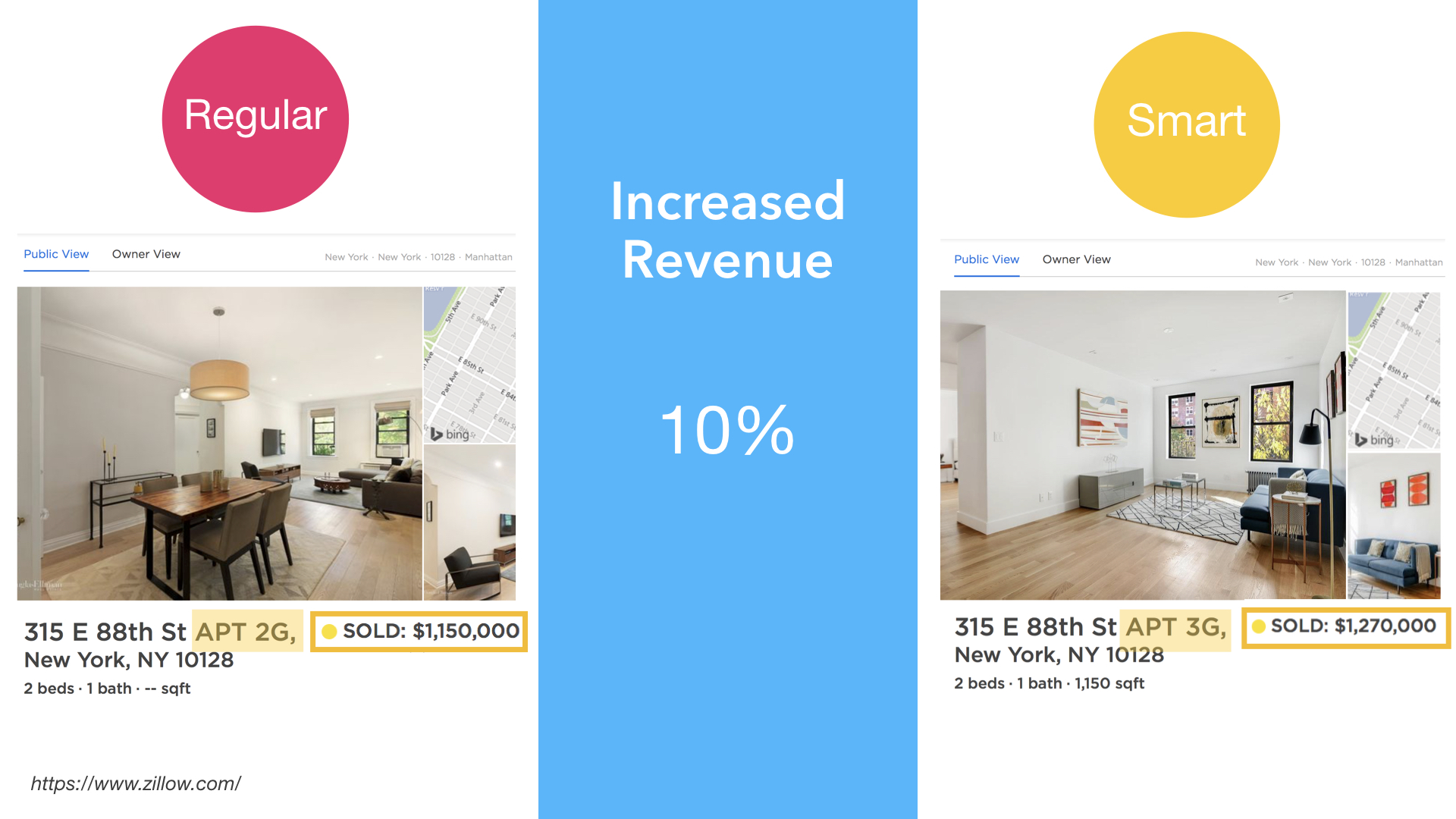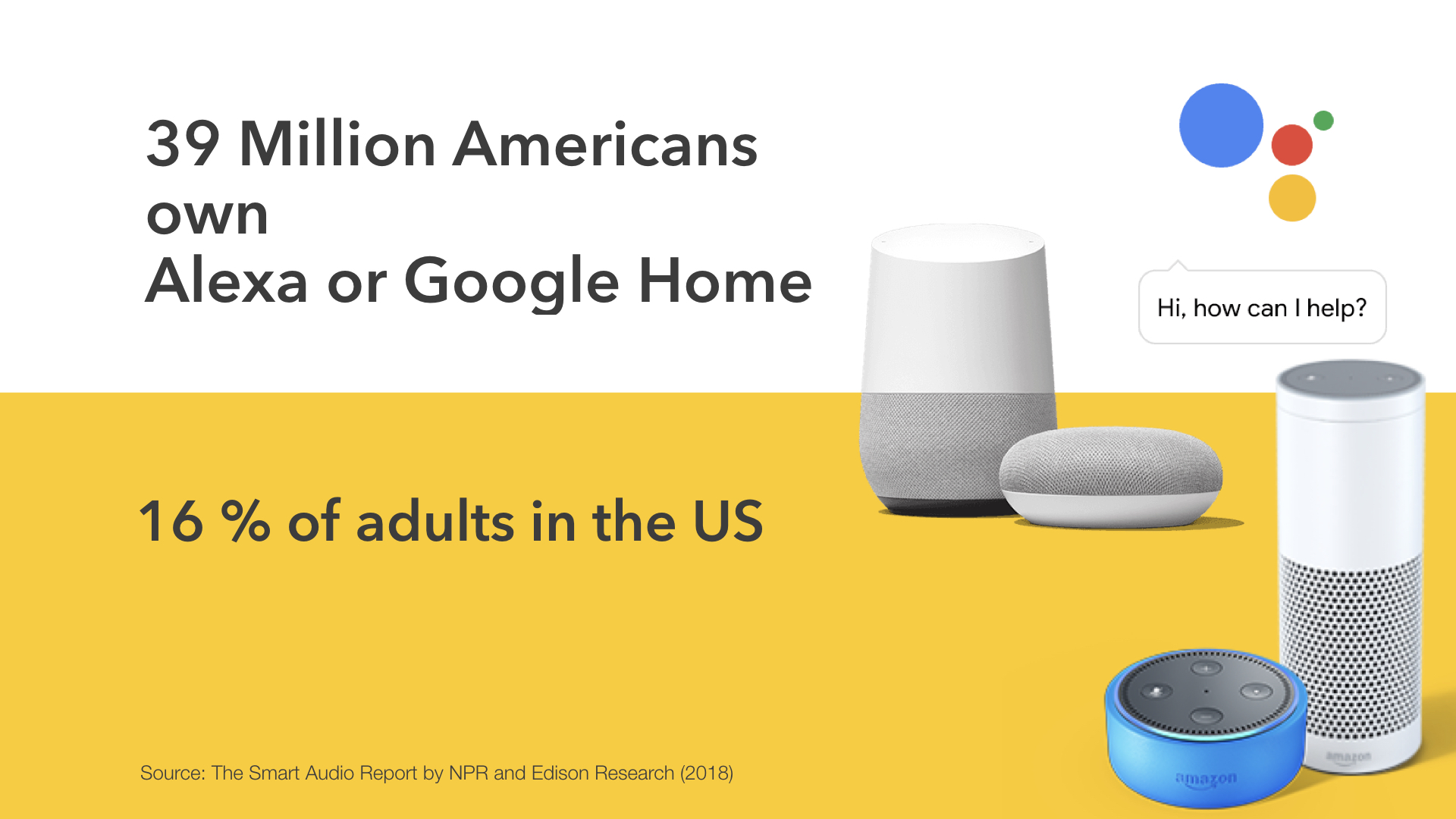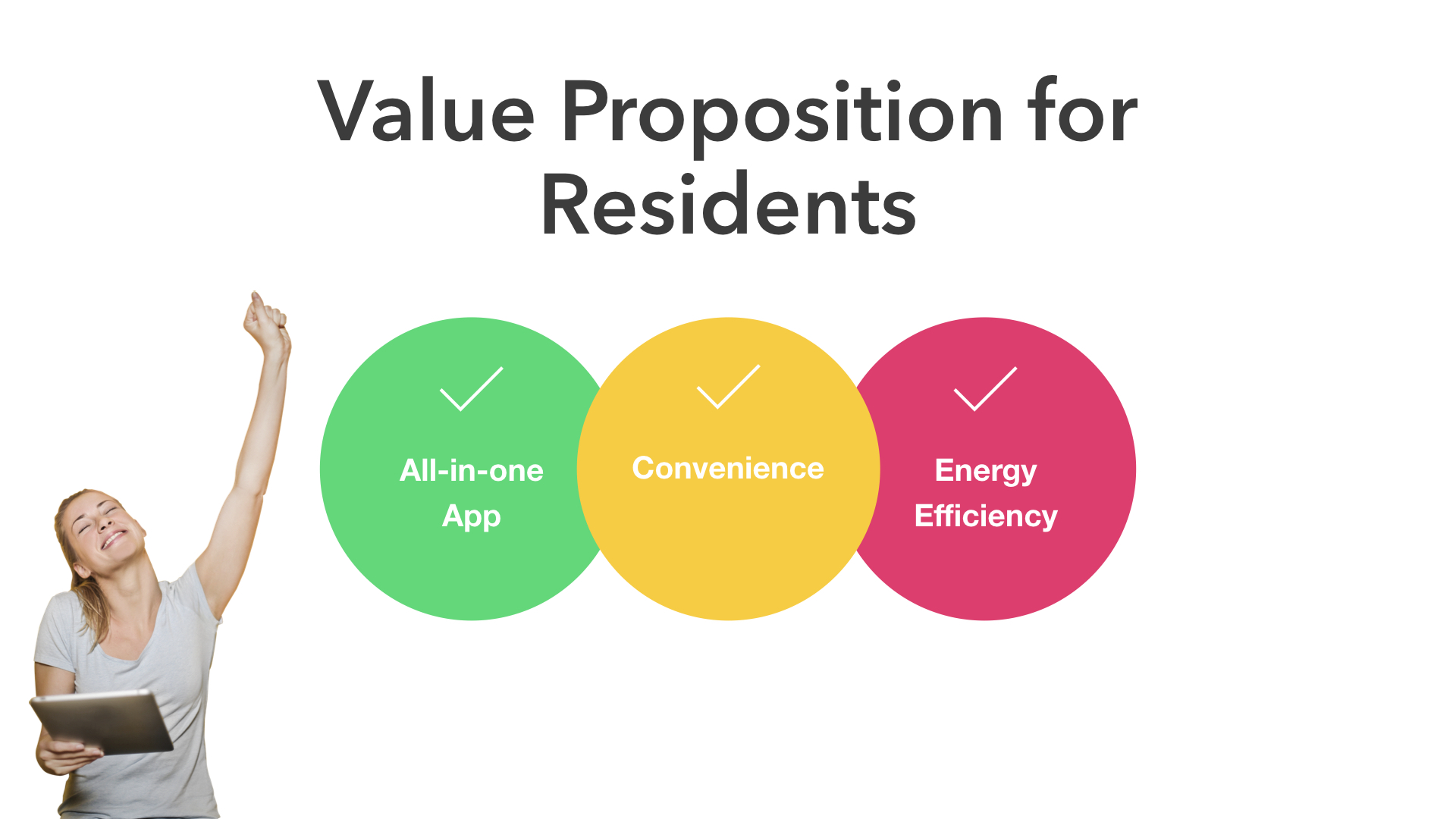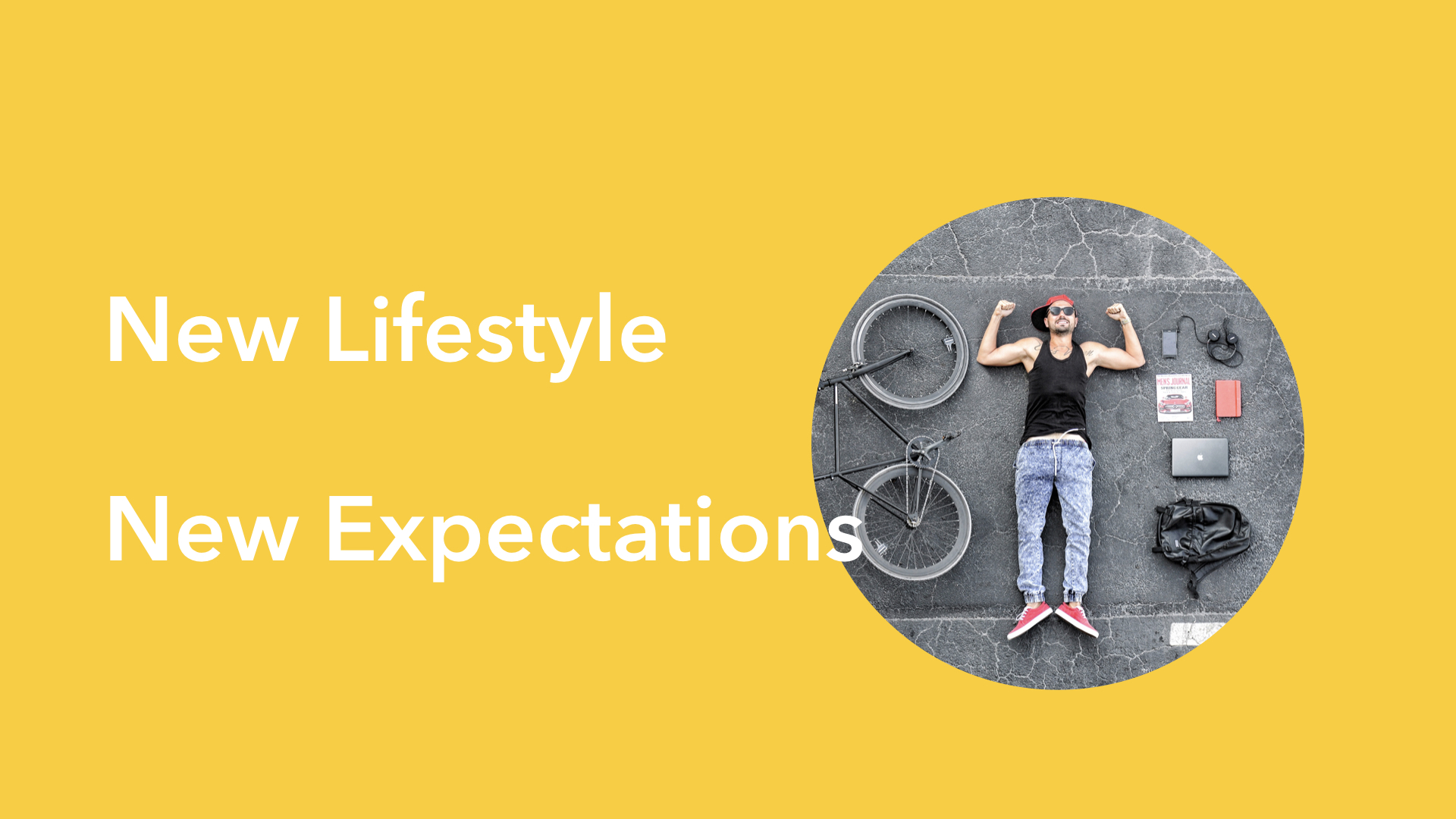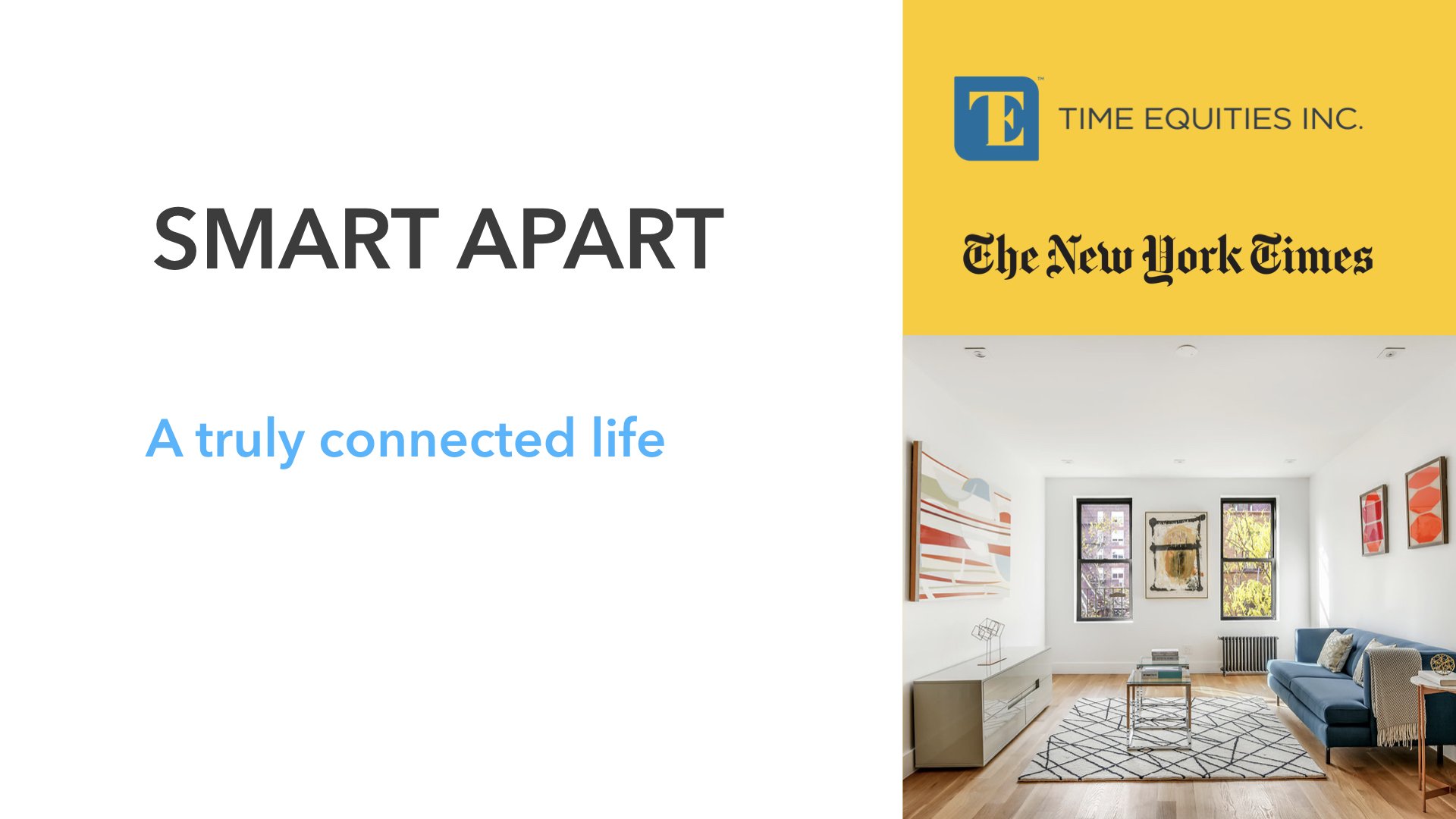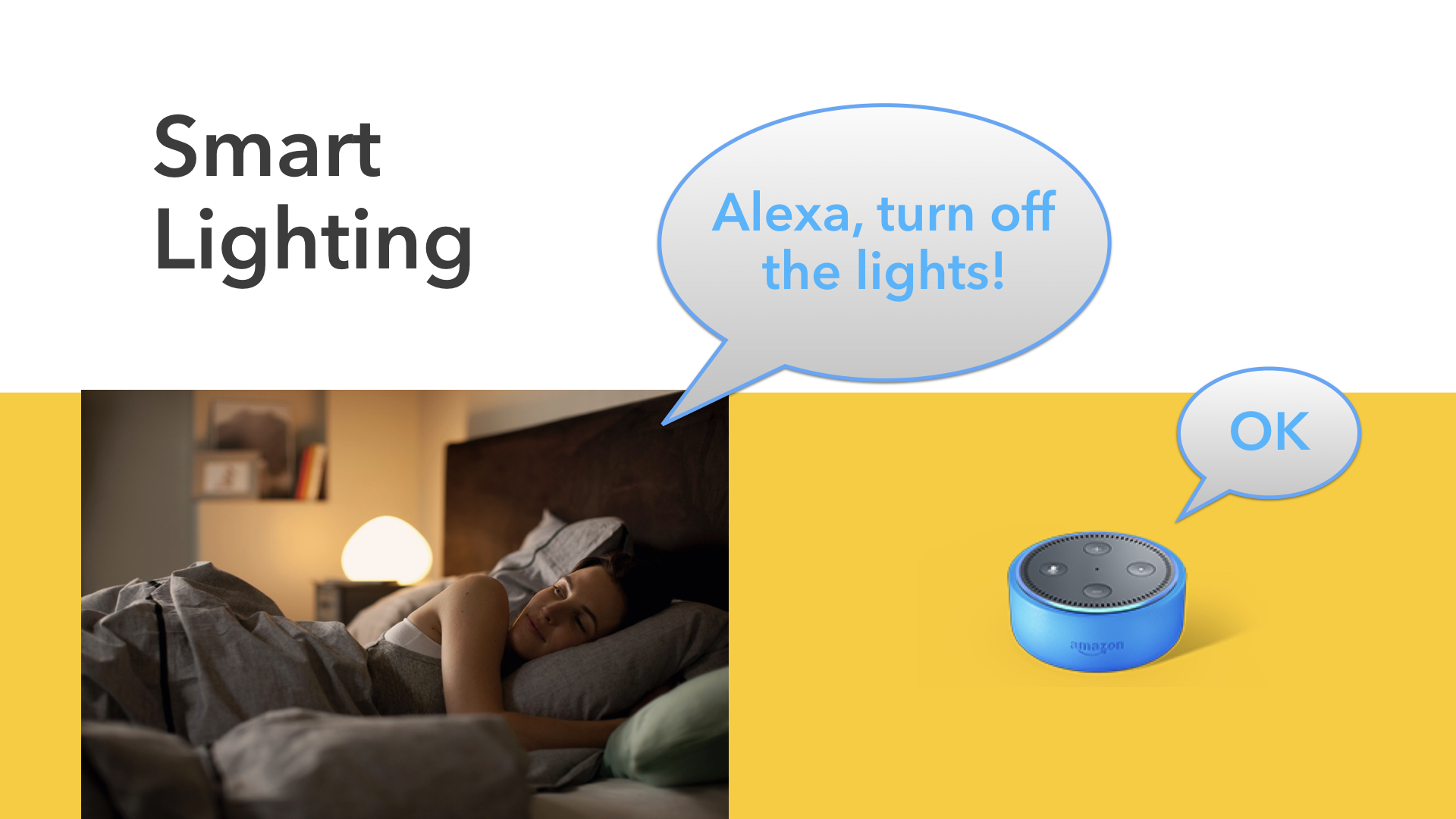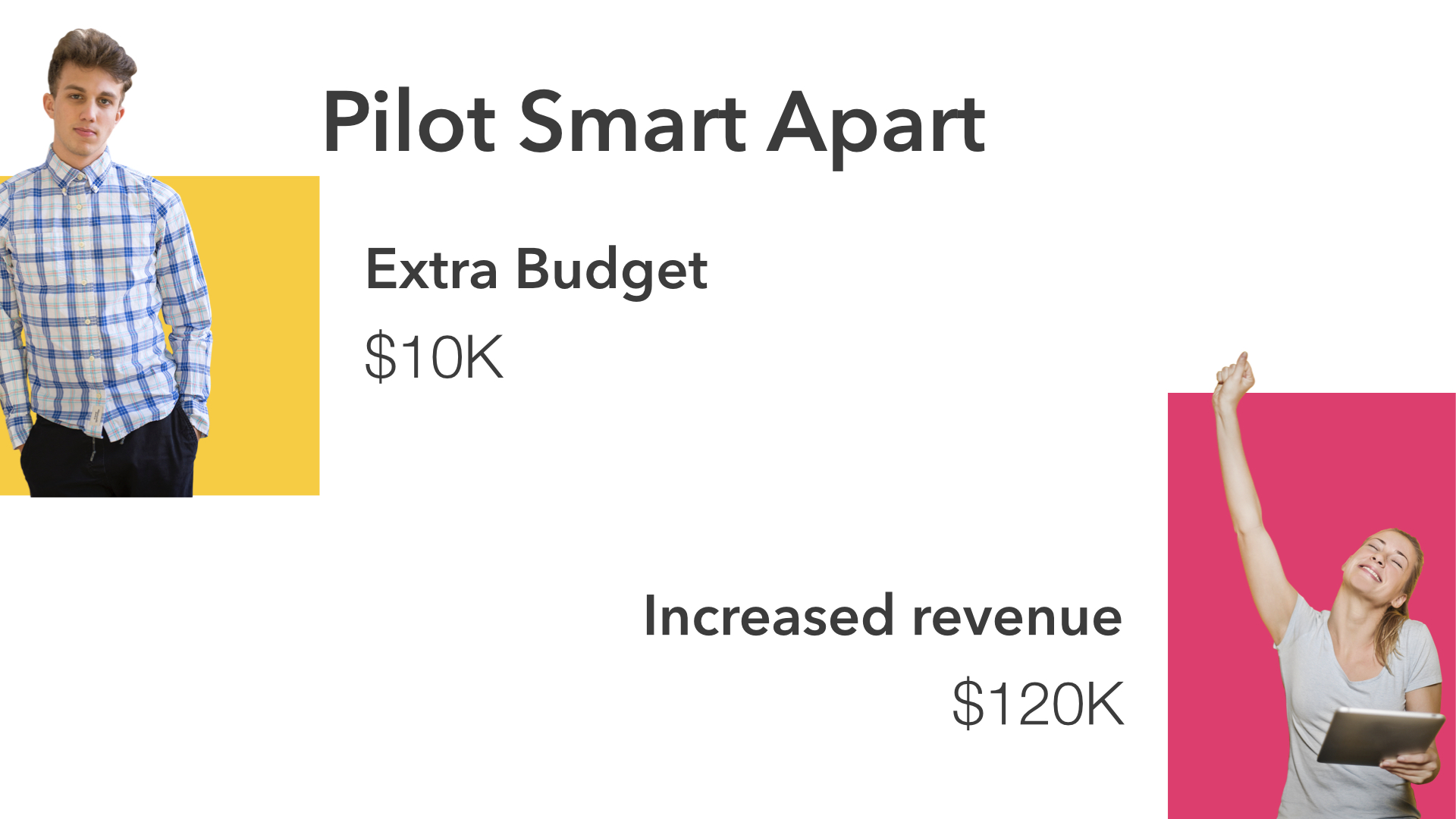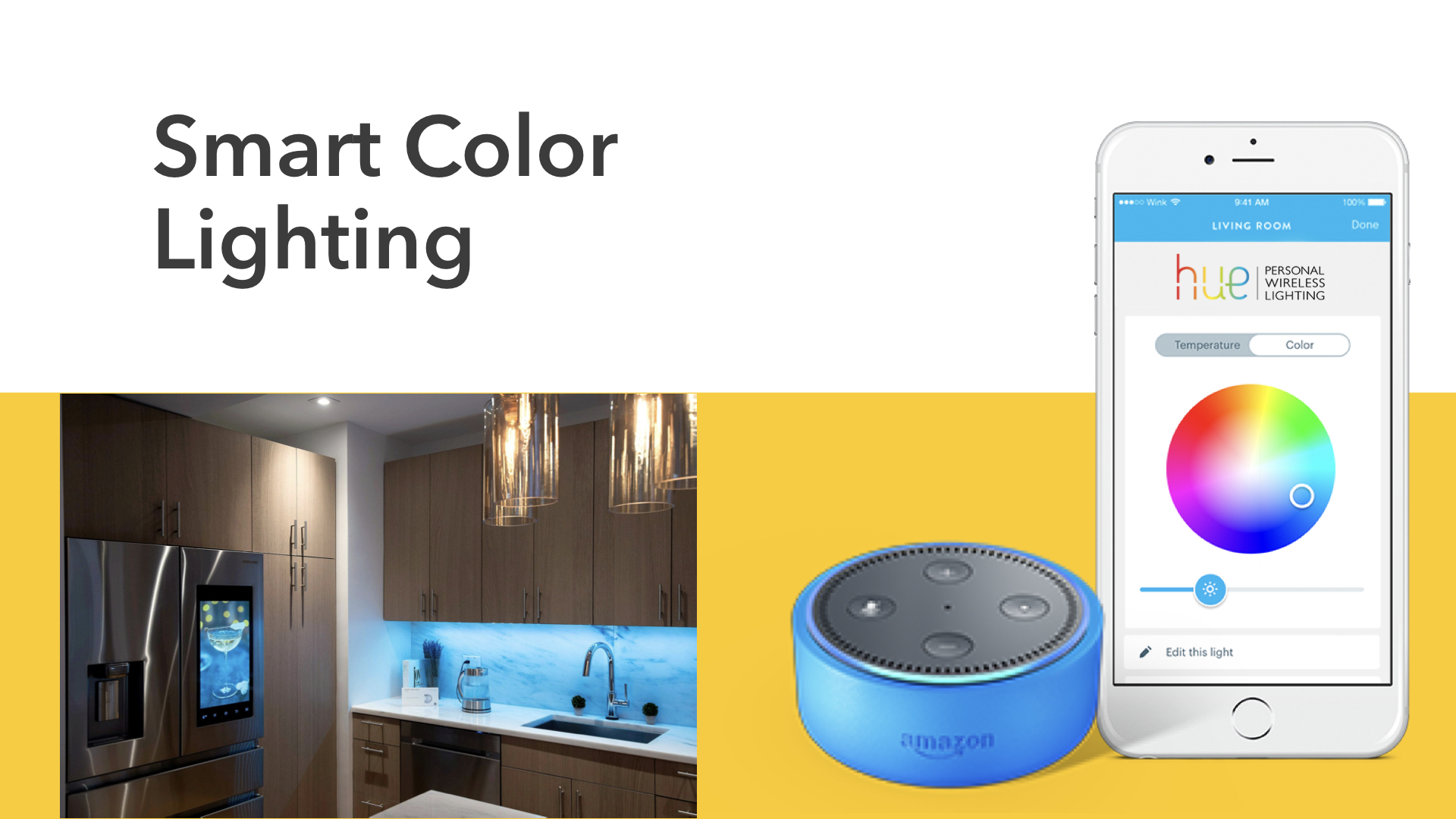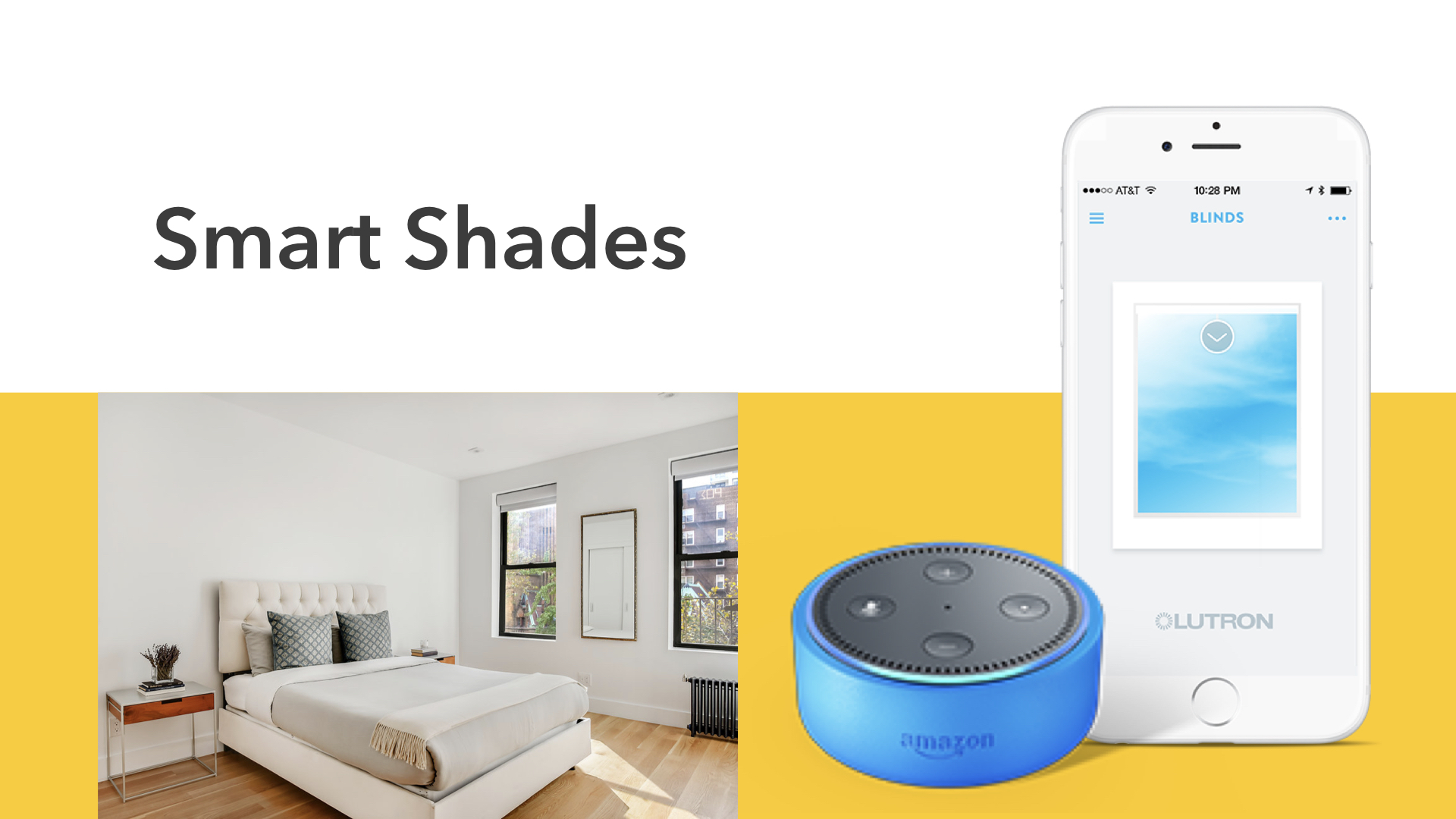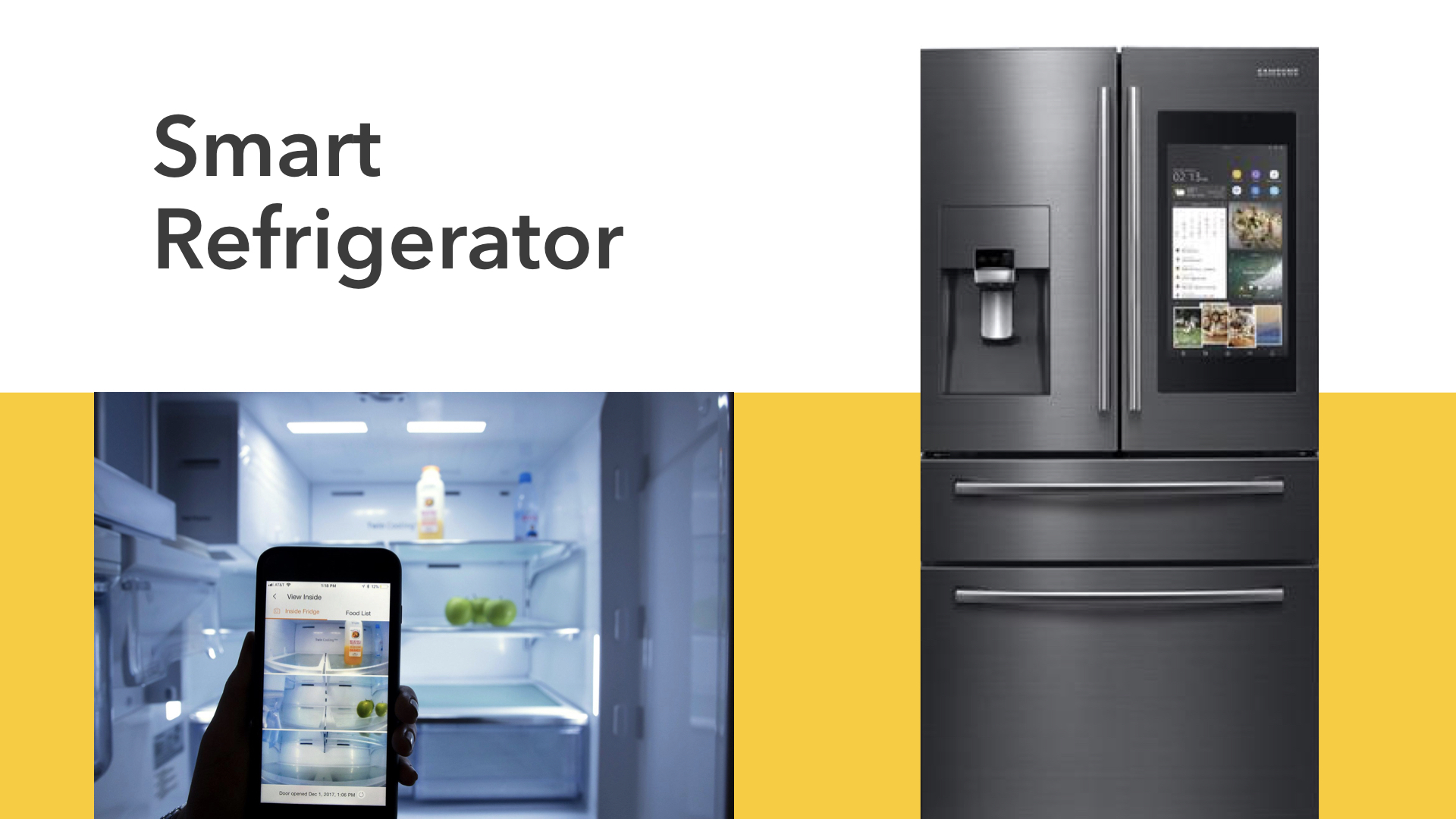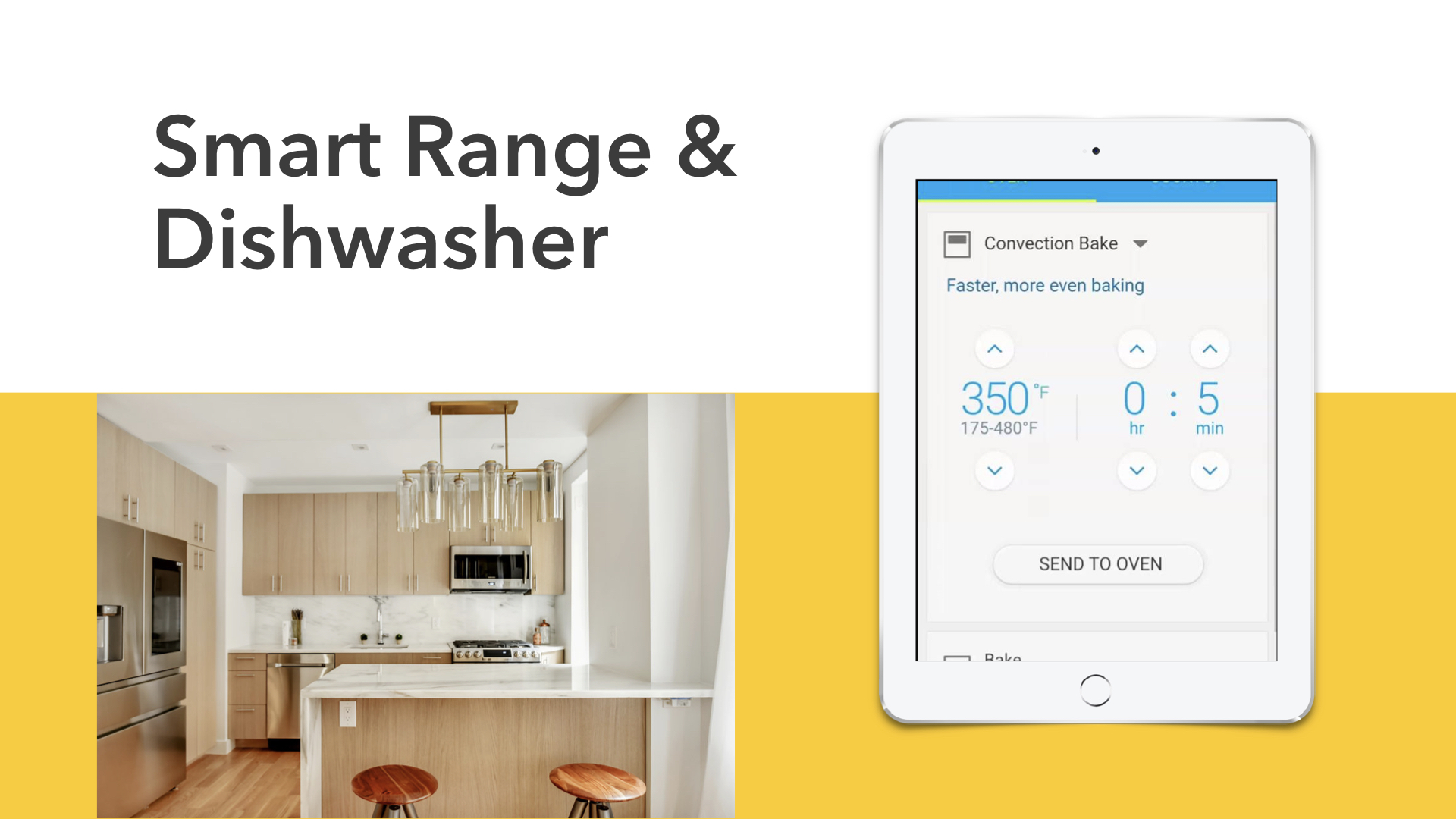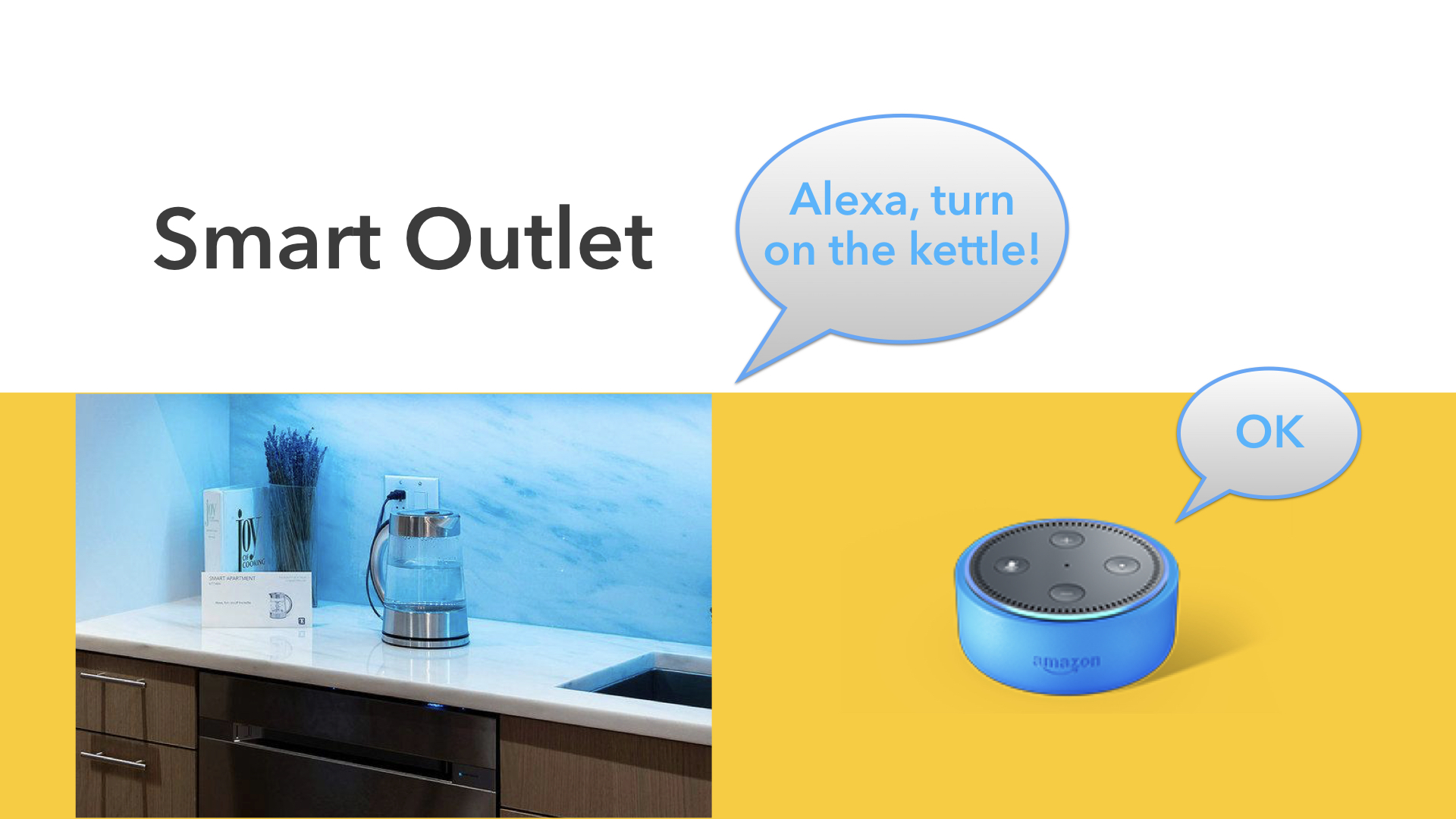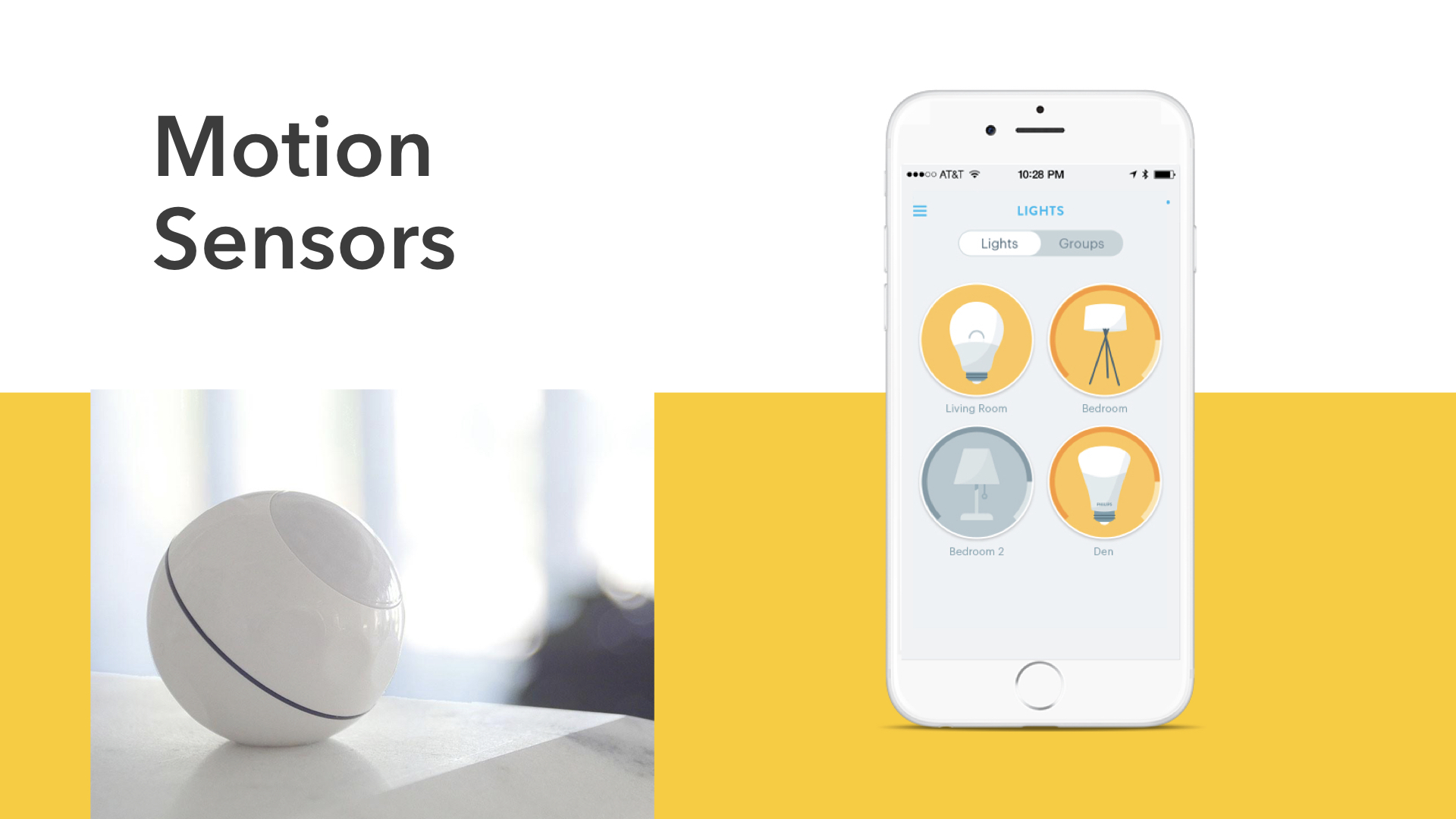CRE marketing then & now. Director of Marketing for The Moinian Group, Michael Mignosi dissects major changes in marketing tactics of the past and what tools are proving effective in CRE marketing today. Viewers will learn about specific technologies and the ROI’s they are bringing to the table.
VIDEO TRANSCRIPT:
My name is Michael Mignosi, I am the Director of Marketing for the Moinian Group. We are a national developer covering 20 million square feet across commercial residential and hospitality, mostly New York with satellite offices and properties in L.A. and Dallas. Today we're going to be talking about real estate then and now, how marketing has changed how it's adapted and how technology is progressively integrating and adapting to the needs of the current consumer. And these ideologies and innovations really pertain to five different aspects - branding, your visual identity, visualization how you convey and capturing this moment and products that you're trying to sell; advertising what it was how it's changed and how we should think about moving forward; communications; how we're getting in touch with these listings how we're converting these how we're talking to brokers and open houses, as well as analytics. We get a ton of data. What do we do with the data? What are we doing now and how to think about it in the future?
When we think about branding we think about the visual identity of what your product represents. This is the first moment that we can capture that really captivates your audience base against a huge listing of other product offerings. When we think about branding then we think about luxury, exclusivity, a huge sense of elitism that no longer pertains to the current consumer.
When we talk about branding now we're talking a larger integration of messaging and strategy as well as market research that pertains and captivates that specific audience that you're trying to get. On the visualization side, we're really looking at what we've done with for things like photography renderings and videos and what we're doing with them now. So what we've seen historically is this conventional sense of taking a picture of the home, capturing the essence of finishes, appliances, the packages they are offering, whereas now we're seeing a large movement into integrating that brand that you created and that message in that tone of voice and putting that in interjecting that into your visuals which help differentiate and capture your audiences.
On the advertising side, you think of conventional advertising with ad units, that say specific call to actions, the brand that you're selling an image or couple images of the product that you're representing and then getting them to click through on to some sort of web site or call to action. What we've seen is that there's been a major drop off in that likely for the fact that consumers are smarter they're not clicking on the side banners anymore they want something that's more organic that feels and connects more with the publication or medium that they're actually reading. So what we've done to convert new tenants we've integrated more visual creative things like art that we incorporate into our buildings, something that's visually catching that really gets you to actually ingest and then move forward into reading and clicking on that call to action.
On the communications side we've probably made the biggest strides in this, so when you think about communicating with a real estate advertising or listing you think - When do I need to go to that open house? How do I have to change my work schedule to accommodate that? Why do I have to call this number one I don't necessarily want to speak to someone? And what we've done is incorporate more A.I. technology things like MeetElise where you can actually have what sounds and feels like an organic broker answering questions 24/7. So for example - someone inquires about a property do allow big dogs. We can say through meet-a-lease meet our building requirements or standards of policy and then MeetElise can interject a question or answer that feels more organic something like “Of course we allow dogs we allow dogs of this breed this breed in this period of this size and they cost this much to have them in the building.” Then they can respond with follow up questions and convert that into a tour, or a sale, a lease etc.
On the analytic side historically when we think about analytics we think about ways in which we can quantify these qualitative things like a visual, an ad and so we historically have always looked at how many users are looking at it how many sessions does that one user engage with? how long are they on the website? Whereas now we can use a bunch of new technology and innovation like Nestio so we can see not only how many users in sessions are but where are they coming from, do we need to adjust our media spend where we are seeing an increase of users in sessions interacting on platforms like StreetEasy, Zillow New York Times as well as on the marketing side. So we have integrated HotJar across all of our websites and this allows us to heat map and sense and get a user experience for where they're engaging. What are they looking at? What pieces are they not looking at that we've always valued as important? And then we can move and adjust the website in a way to meet those needs and get those important call to actions at the very top of the page in that instant moment and then convert them. Moving forward there really are four main pillars and important things to take away from this. Knowing your audience who are they. Where do they come from? What do they want so you can adjust for that. Investing in creative where renderings have come down and costs in the past three years so much so increase
Not only the amount of renderings you're doing but what you're doing with them capture moments like elevators, corridors, lobbies, things that build upon a six tired appearance so that they can feel like they're turning the building without actually tearing it. Maintaining brand consistency is another huge one. We want to talk about creating adding and it's creating advertorial is creating messaging and tones that sounds and feels exactly the same, so you're not changing it so that when tenants are looking at a screen they could feel and remember that product on an instant notice. And then to do this, the most important thing is to mitigate the risk with ownership in getting these approvals to make these innovations and changes in the way that you market.
The best way to do that is through A and B testing. So take that creative, make it a little bit different, put that out to the market take your historical ad units or marketing and put that out to the market and see which one performs better. See which one does or acts differently and then that's where you can prove and quantify your argument to get that media spent back from ownership.

